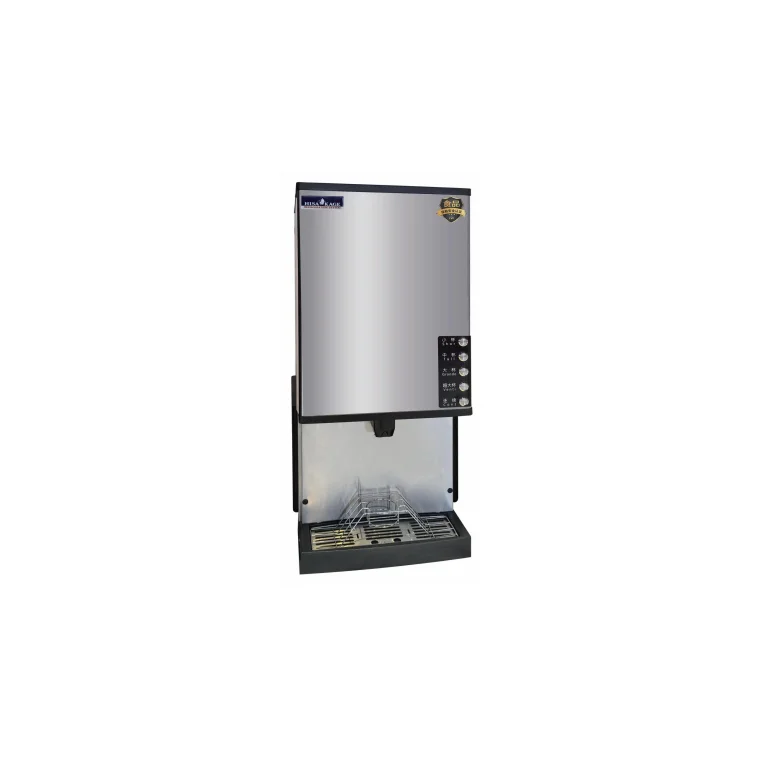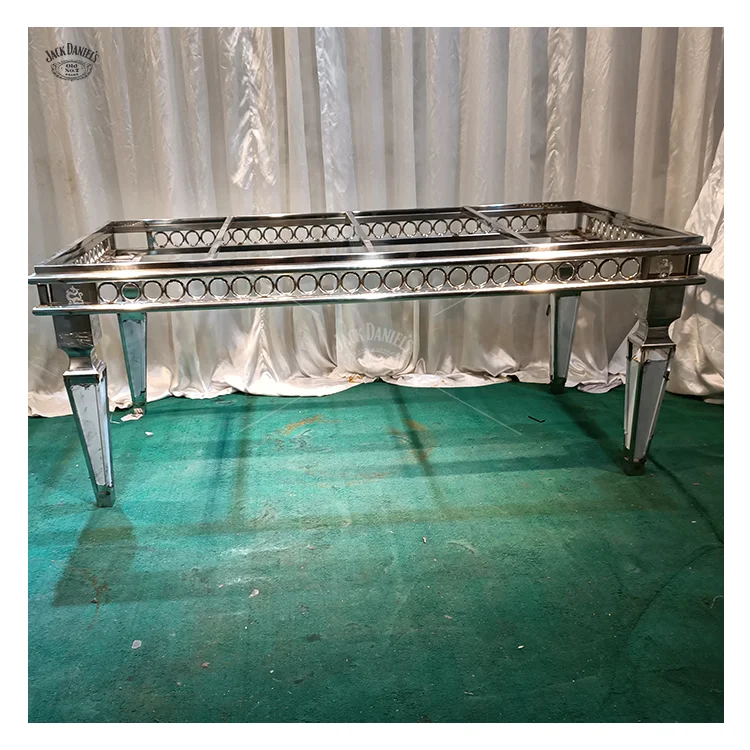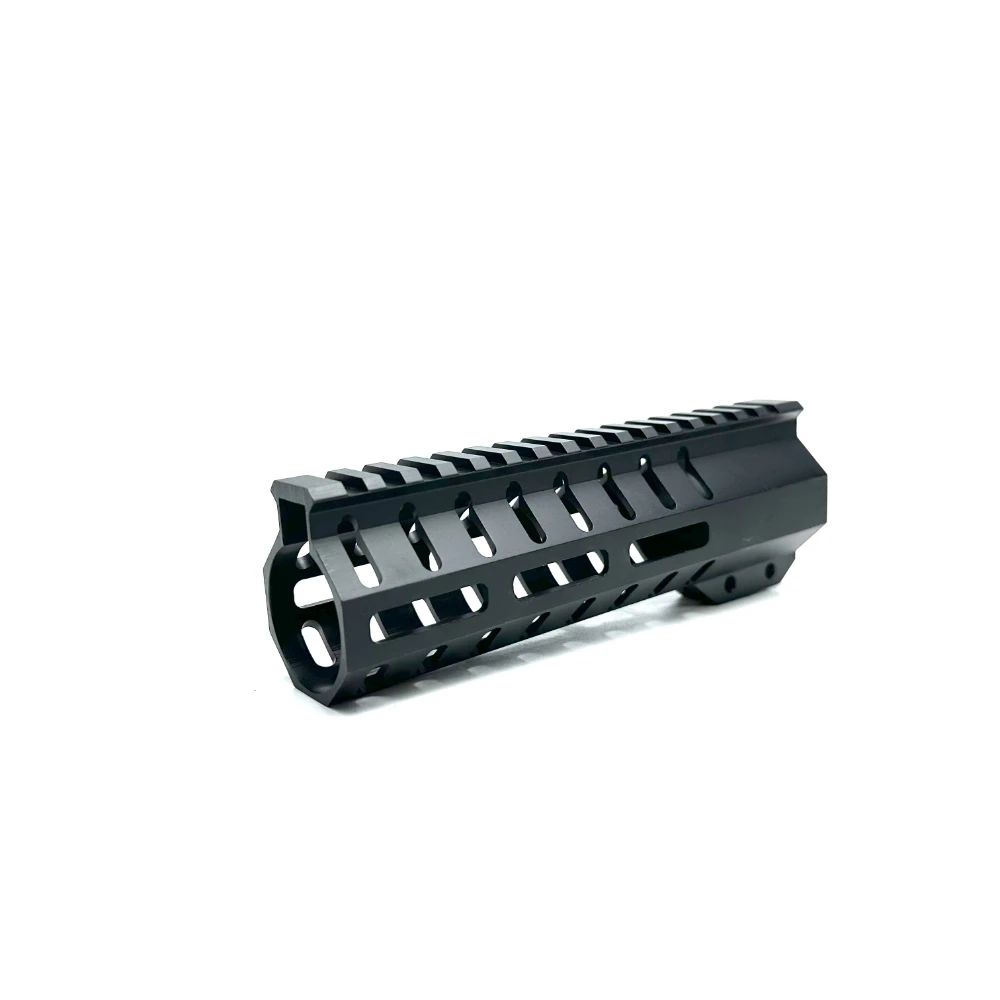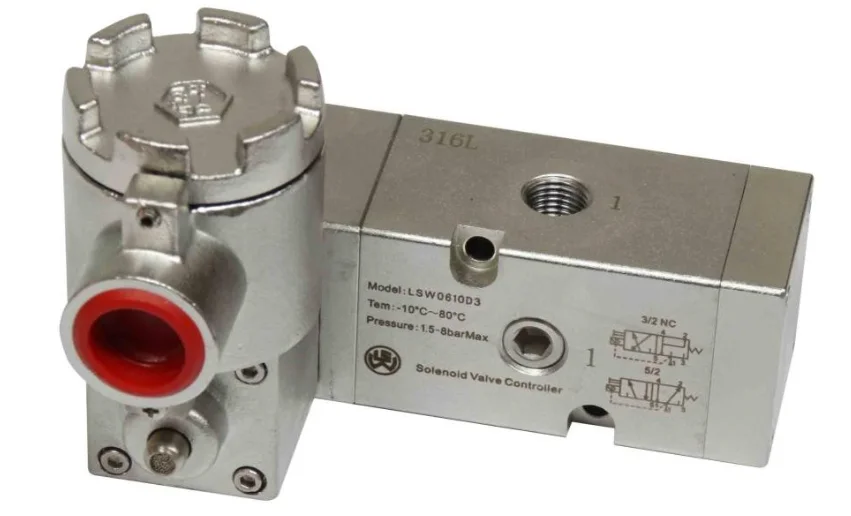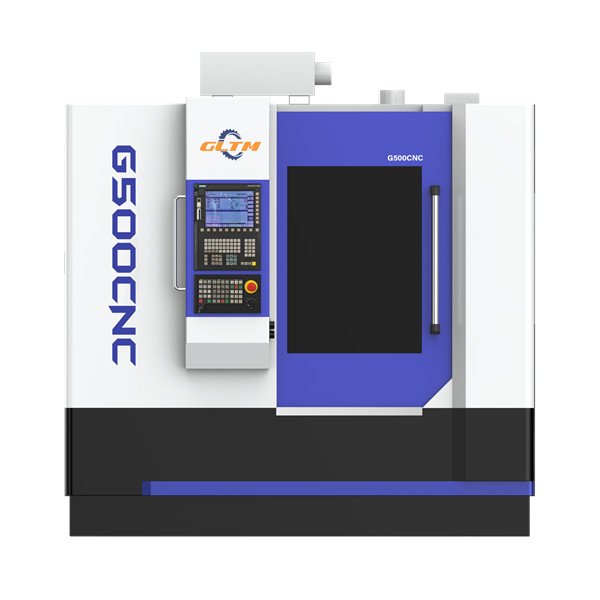In an era where security is paramount, the effectiveness of surveillance systems, particularly in low-light conditions, has become a focal point for both homeowners and businesses. One of the most pressing questions that arise is: How far can security cameras see in the dark? This inquiry not only pertains to the technical specifications of the cameras but also involves understanding the various technologies employed in modern surveillance systems. In this article, we will delve into the intricacies of night vision capabilities, the factors influencing visibility, and the advancements in security camera technology that enhance performance in darkness.
The Basics of Night Vision Technology
Security cameras designed for low-light environments typically utilize one of two primary technologies: Infrared (IR) illumination and Low-Light (LL) sensors.
- Infrared Cameras: These cameras are equipped with IR LEDs that emit light invisible to the human eye. When activated, the IR LEDs illuminate the area, allowing the camera to capture clear images in complete darkness. The effective range of IR cameras can vary significantly, often between 30 to 100 feet, depending on the quality of the LEDs and the camera's sensor capabilities.
- Low-Light Cameras: Unlike IR cameras, low-light cameras rely on advanced sensor technology to amplify available light, including moonlight or ambient light from street lamps. These cameras can often produce color images in very dim conditions, but their effectiveness diminishes as light levels drop. High-quality low-light cameras can see up to 50 feet in near darkness, but this range can be affected by environmental factors such as fog, rain, or obstructions.
Factors Influencing Visibility
Several factors can impact how far security cameras can see in the dark:
- Camera Resolution: Higher resolution cameras (e.g., 4K) can capture more detail, which is crucial for identifying individuals or objects in low-light conditions. However, resolution alone does not determine visibility range; it must be paired with effective low-light technology.
- Lens Quality and Aperture: The lens quality and its aperture size play a significant role in light transmission. A larger aperture allows more light to hit the sensor, enhancing the camera's ability to see in the dark.
- Environmental Conditions: Weather conditions such as rain, fog, or snow can significantly reduce visibility. Additionally, the presence of obstructions like trees or buildings can limit the effective range of a security camera.
- Camera Placement: The positioning of the camera is crucial. Cameras placed higher and with a clear line of sight can capture more detail and have a broader range in low-light conditions.
Advancements in Security Camera Technology
Recent advancements in security camera technology have led to significant improvements in night vision capabilities. Some of the notable innovations include:
- Starlight Technology: This cutting-edge technology allows cameras to capture color images in extremely low-light conditions, often as low as 0.005 lux. Starlight cameras utilize advanced sensors and image processing algorithms to enhance visibility without the need for additional IR illumination.
- Smart IR Technology: This feature adjusts the intensity of IR illumination based on the distance of the subject from the camera. By preventing overexposure of nearby objects while enhancing visibility for distant subjects, Smart IR technology optimizes the camera's performance in varying light conditions.
- Thermal Imaging: While not traditional night vision, thermal cameras detect heat signatures, allowing them to see in complete darkness. These cameras are particularly useful for perimeter security, as they can identify intruders based on body heat, regardless of lighting conditions.
Conclusion
Understanding how far security cameras can see in the dark is essential for making informed decisions about surveillance systems. The effectiveness of a camera in low-light conditions depends on various factors, including the technology used, environmental conditions, and camera placement. With advancements in night vision technology, security cameras are becoming increasingly capable of providing reliable surveillance even in the darkest environments.

